Goldcrest Monterey Lemon Cypress – 3-Ball Poodle Tier Topiary – 5 Gallon Pot
$219.97 Original price was: $219.97.$99.99Current price is: $99.99.
SKU: D2LSC 6221861619 Category: TOPIARY PLANTS
- Experience the difference quality makes.
- Buy with Peace of Mind
- Free Shipping, No Compromise on Quality
- High quality products, hassle-free returns.

Goldcrest Lemon Cypress Poodle Tier
Cupressus macrocarpa ‘Goldcrest’ | Syn. ‘Wilma’
Plant Details
USDA Plant Hardiness Zones: 7a-11 Find Your Zone
Plant Type: Coniferous Evergreen Tree
Height at Maturity: 4-8′ depending on pruning
Width at Maturity: 1-2′ depending on pruning
Spacing: 4′
Spacing: 4′
Growth Habit / Form: Dense, Upright, Poodle Tier
Growth Rate: Slow
Foliage Color: Chartreuse-Green with Golden new growth
Fragrant Foliage: Yes, lemony scent
Sun Needs: Full Sun or Mostly Sun
Water Needs: Average, low when established
Soil Type: Clay, Loam, Sand, Silt – Thrives in poor, sandy or very well-drained soils
Soil Drainage: Moist But Well Drained to Dry
Soil pH: 6.0 – 7.5
Maintenance / Care: Very Low
Attracts: Visual Attention
Resistances: Severe Cold, Deer, Disease, Drought (when established), Insect
Description
While the Goldcrest Lemon Cypress tree grows naturally in a dense and compact pyramidal form up to 8 feet in height, this is the 3-ball poodle tier form. A plant that pleases all the senses…sight, smell and touch, the Goldcrest Lemon Cypress is perfect for the sunny sensory garden. It features attractive, soft textured, lemon-yellow foliage with a lemony scent that ages to bright green. This one actually appreciates and thrives in poor low fertility soils. Its slower growth rate means not much shearing to maintain its unique form. Excellent in the ground or containers as a focal point or to accentuate entryways.
Landscape & Garden Uses
The Goldcrest Lemon Cypress can be grown in the ground or in pots and is fine accent in home foundation plantings where it can be useful to frame an entryway, soften corners, or fill space between windows. Its smaller size and slow rate of growth lends well to smaller garden spaces and container gardens. A fine addition to conifer gardens, topiary gardens and the Xeriscape (low water needs).
Growing Preferences
The Goldcrest Lemon Cypress is very easy to grow in well-drained soils of average to low fertility and full to mostly sun. Planting this tree in soil that is too rich can cause accelerated growth that weakens this tree. It is adapted to grow in poor, sandy, well-draining soils that are low in organic matter are therefore not very fertile. Infertile soil allows the tree to grow at a slower pace that matches its height with its roots. Otherwise, organically rich soil or too much quick-release fertilizer causes the accelerated growth that leaves the tree susceptible to blowing over in high winds. To make a long story short, pick a spot in your landscape with the poorest soil and just make sure the drainage is good.
When growing in containers first make sure the pot has a drainage hole at the bottom and that its rim diameter is at least 8 inches more than the diameter of the nursery pot it was grown in. Then line the bottom interior of the pot and halfway up the sides with a porous material such a a landscape weed fabric. This will prevent the drainage hole from becoming stopped up with roots and soil. Fill the pot with a bagged potting soil. Avoid using potting soils with added fertilizer. Also avoid using native dirt dug from the ground. Water as needed to maintain a lightly damp soil from top to bottom of the pot. It’s best to deep soak at planting time and then provide some water when the top 2 inches or so of soil has dried.
Average Trimming Per Year: Two. Trim after new growth has fully emerged in spring and again in mid to late summer. Avoid pruning 45 to 60 days prior to the average frost frost date in fall.
See: How To Trim A Topiary Plant
Note: Find helpful advice from our experts under the Planting & Care tab above on desktop monitors or below on mobile devices.
Plant Long & Prosper!
Meet The Wilson Brothers & Staff
Questions? Contact Us!
Be the first to review “Goldcrest Monterey Lemon Cypress – 3-Ball Poodle Tier Topiary – 5 Gallon Pot” Cancel reply
Related products
Sale!
TOPIARY PLANTS
Sale!
Sale!
TOPIARY PLANTS
Sale!
TOPIARY PLANTS
Sale!
TOPIARY PLANTS
Sale!
Sale!
Sale!


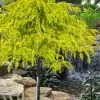
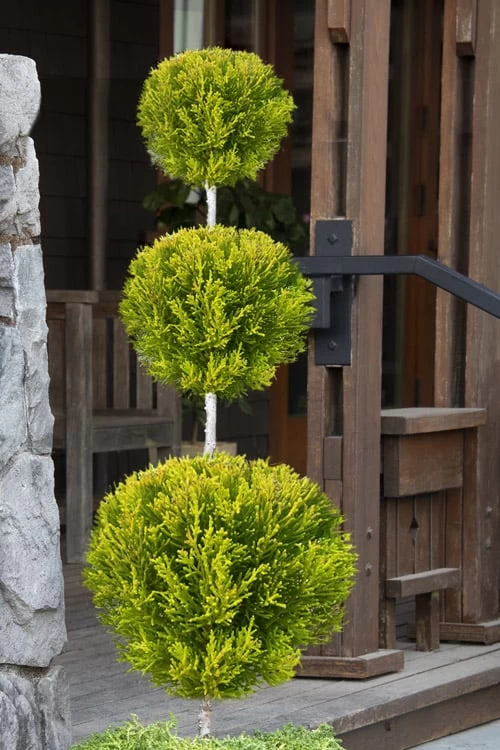






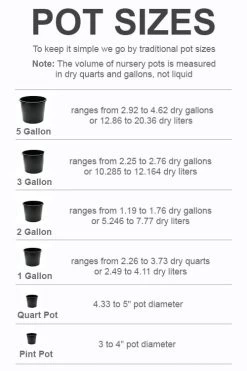
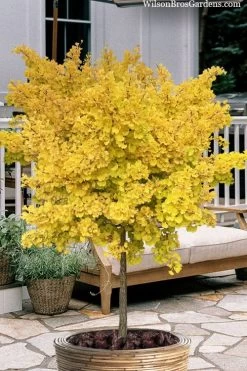
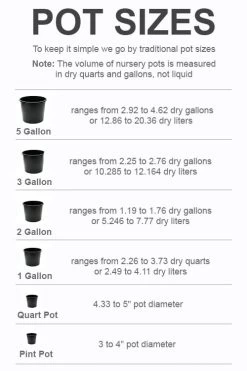
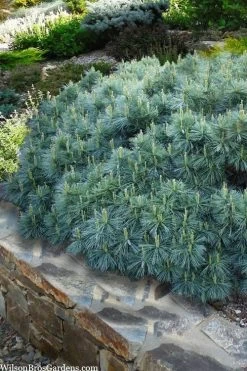



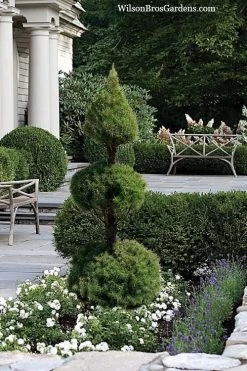

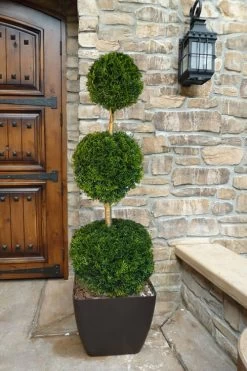
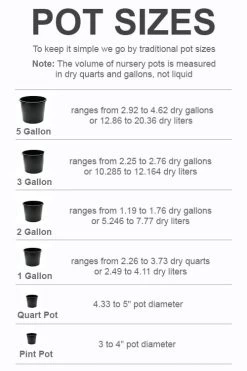

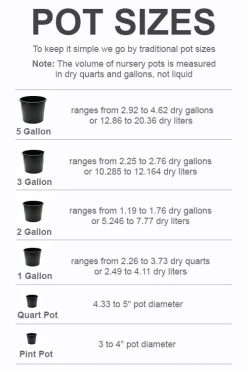
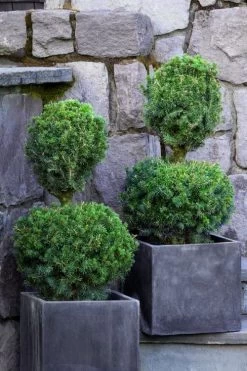
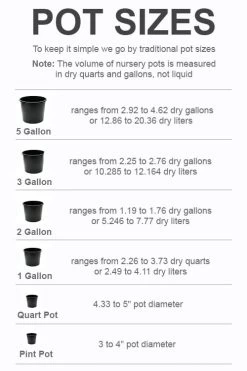
Reviews
There are no reviews yet.